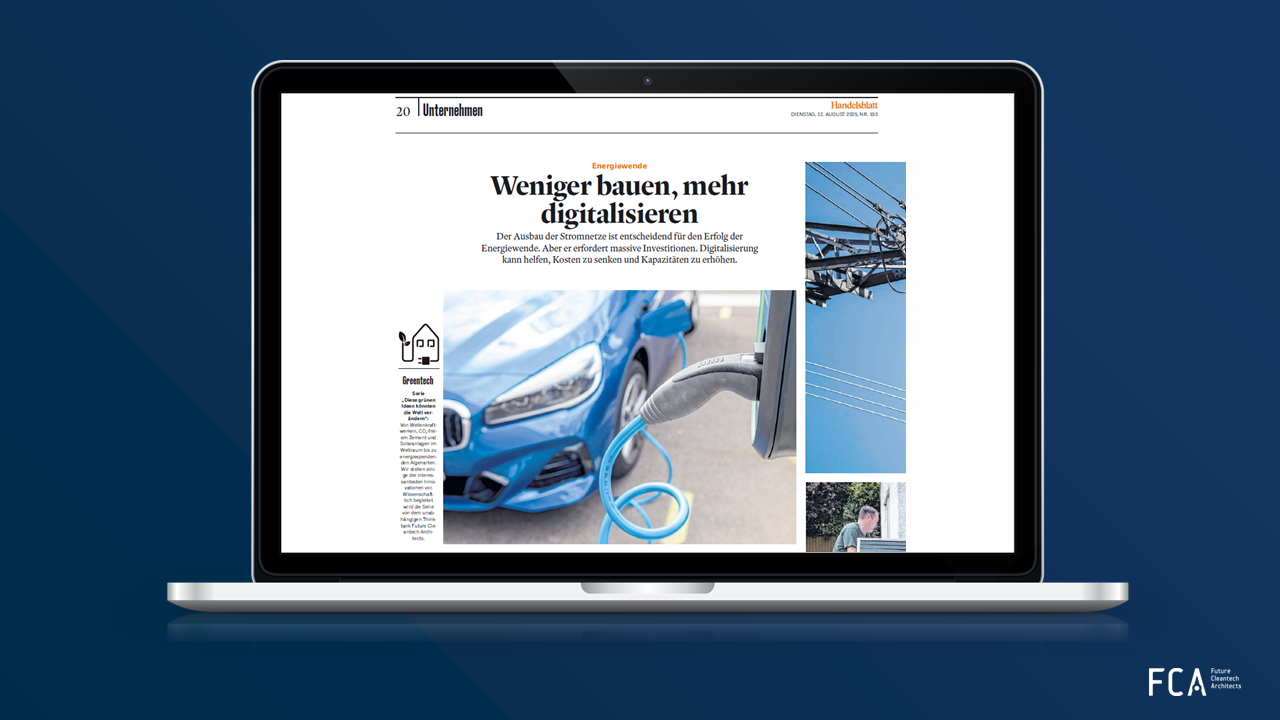Germany’s electricity grids need expansion and, over the next two decades, investments of more than €500 billion will be needed. Around €300 billion will go into transmission networks, the so-called “power highways” that move electricity across the country, and €200 billion will be required for distribution networks that deliver electricity to homes and businesses.
But options exist to first maximize grid efficiency, before resorting to building new power lines entirely.
First, existing lines can be managed more efficiently through intensive monitoring and digitalized control. Second, grid capacity can be increased through so-called reconductoring, replacing conventional conductors with new technologies such as aluminum wires with carbon fiber core. This boosts transmission capacity without requiring new permits or pylons.
“Decarbonization and electrification are almost synonymous. And that means we need power grids that can handle this load,” says our Cleantech Analyst, Antoine Koen. “My concern would be that we remain with ‘business as usual’ with the power grids, meaning unoptimized power flows, with low average utilization but very high occasional peaks. Then significantly more power grids would have to be built to cope with the load, and that is proving very difficult for various reasons.”
Learn more about how digitalization can help reduce costs and increase capacity in this article from Handelsblatt (in German, paywall).
This article is the latest in the series “Green ideas that might change the world” that Handelsblatt and Future Cleantech Architects co-developed to shed light on some of the most intensively debated cleantech innovations. We are pleased to provide scientific guidance to the series. Stay tuned for new releases!

